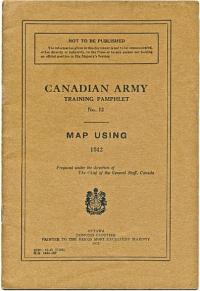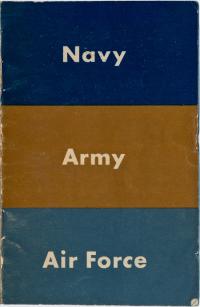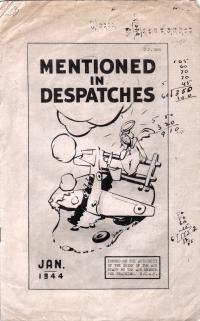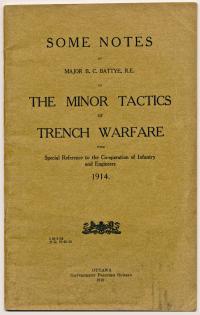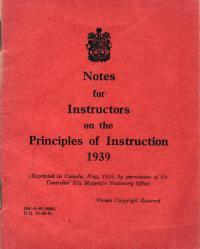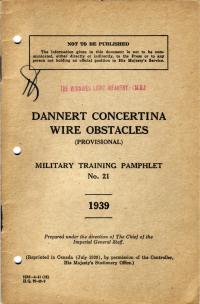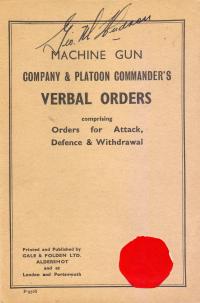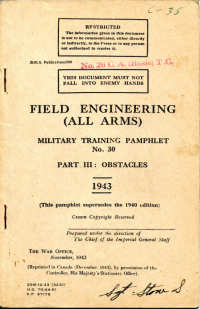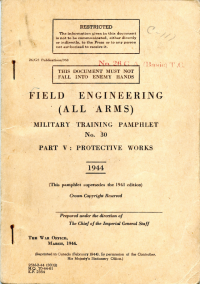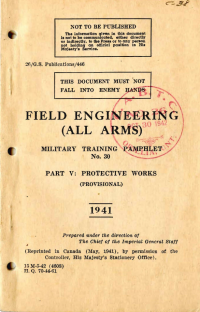Training Manuals
Map Using
This coursebook prepared instructors in the Canadian Army to teach recruits how to use maps strategically in battle.
Uniforms made easy
This identification booklet, intended for use by both civilians and service personnel, describes through drawings the uniforms of the three arms of the Canadian military.
The RCAF and dangerous flying
A humorous take on a very serious subject - the consequences of reckless flying amongst student pilots. This was probably distributed to new trainees to enlighten them about the hazards of carelessness.
Some Notes on the Minor Tactics of Trench Warfare
A Brigade Major of the Corps of Royal Engineers presents a thorough overview of trench warfare tactics, emphasizing the cooperation between infantry and engineers.
Notes for new military instructors
With the rapid expansion of the military early in the Second World War, there was a need for a manual such as this, with basic guidelines for officers and NCOs who had never before been involved in instructional duties.
Training in barbed wire
Given the importance of barbed wire during the First World War, it came as no surprise that in the Second World War there would be considerable emphasis on instructing soldiers in its use.
Orders for machine gun units
An infantry officer from Winnipeg, Manitoba, used this British military manual during the Second World War.
Field Engineering (All Arms) No. 30: Obstacles
This pamphlet provides instructions for constructing obstacles in the field, to defend against enemy tanks and infantry.
Field Engineering (All Arms) No. 30: Protective Works
This pamphlet instructs field engineers on constructing protective works including mortar emplacements, weapon slits, and shelter for troops.
Field Engineering (All Arms) Military Training Pamphlet No. 30 Part V Protective Works, 1941
This pamphlet instructs field engineers on constructing protective works including mortar emplacements, weapon slits, and shelter for troops. This version of the pamphlet dates from 1941. A somewhat different 1944 version is also available on Wartime Canada.

